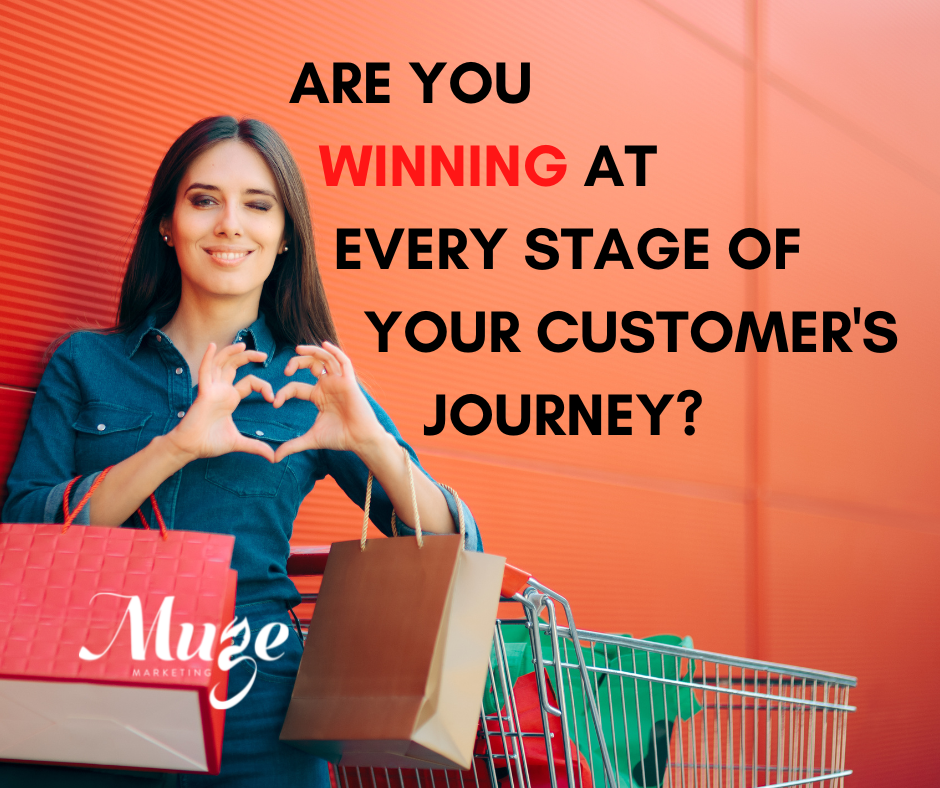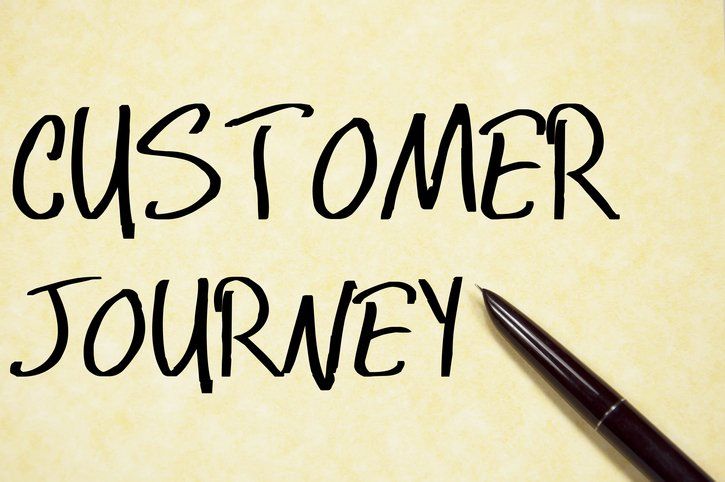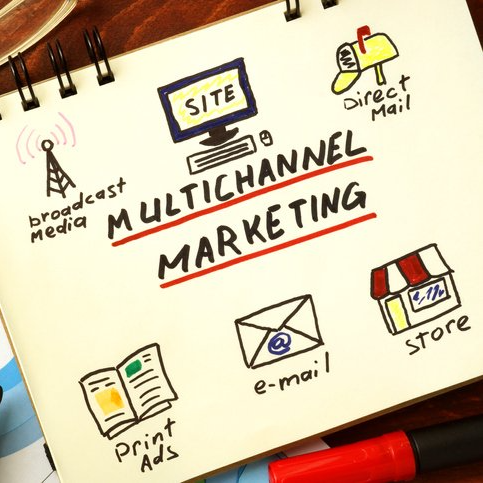Let's have a chat
+555 5555 555
Send us an email
myemail@mailservice.com
Understanding Social Media Marketing for Small Businesses
what exactly is social media marketing?

If you’re a small business owner, you know how important it is to stay relevant in the digital age. One of the best ways to do this is by engaging in social media marketing. But what exactly is social media marketing? Here we’ll break down the basics of social media marketing and discuss why it’s an essential tool for your small business.
What Is Social Media Marketing?
Simply put, social media marketing is the process of creating and promoting content on various platforms in order to increase brand awareness and build relationships with customers. This could include anything from creating posts on Twitter or Instagram, to running ads on Facebook or LinkedIn. The most important thing to remember is that social media isn’t free advertising – it requires effort, strategy, and planning.
Why Does Social Media Matter?
Social media has become an essential tool for businesses of all sizes because it provides an opportunity to connect with potential customers in a meaningful way. By engaging with them directly through comments, likes, and shares, you can build trust and establish yourself as an authority in your field. Additionally, having a presence on social platforms can help with SEO efforts by increasing your website traffic and improving your search engine rankings.
How Do I Get Started?
The first step towards launching a successful social media campaign is understanding who your target audience is and where they spend their time online. Once you have identified which platforms are most relevant for your business, create profiles and begin building relationships with potential customers by engaging with them directly through comments and shares.
To help you find out which platforms your target audience are using, here is a quick overview of the top social media platforms across the web. Depending on how much time or money you can spend on your social media strategy, we recommend selecting 1 - 3 platforms that fit your target audience best and to focus on.
(This overview is everywhere across the web - unknown original source to cite.)
Facebook
Users: 1.79 billion daily active users worldwide
Audience: Generation X and millennials
Industry impact: B2C
Best for: Brand awareness; advertising
Twitter
Users: 186 million daily active users worldwide
Audience: Primarily millennials
Industry impact: B2B and B2C
Best for: Public relations; customer service
Instagram
Users: 1 billion monthly active users
Audience: Primarily millennials
Industry impact: B2C
Best for: Natural-looking media, behind-the-scenes, and user-generated content; advertising
LinkedIn
Users: 675 million monthly active users worldwide
Audience: Baby boomers, Generation X, and millennials
Industry impact: B2B
Best for: B2B relationships, business development, and employment marketing
YouTube
Users: Over 2 billion logged-in monthly users worldwide
Audience: Millennials, closely followed by Generation Z
Industry impact: B2C
Best for: Brand awareness; entertainment, and how-to videos
Snapchat
Users: 249 million daily active users worldwide
Audience: Primarily Generation Z
Industry impact: B2C
Best for: Brand awareness; advertising
Pinterest
Users: 416 million monthly active users worldwide
Audience: Primarily older millennials and younger baby boomers
Industry impact: B2C
Best for: Visual advertising; inspiration
Additionally, focus on creating quality content that resonates with your target audience – this will help engage more people organically over time. Finally, consider investing in paid advertising campaigns to further boost visibility on these platforms.
Social media marketing is a powerful tool that can be used to enhance brand awareness and build relationships with potential customers. It requires effort, strategy, and planning but can result in increased website traffic and better search engine rankings over time—making it well worth the investment for any small business looking to stay competitive today! With the right approach—and consistency—you can leverage social media marketing to grow your business online.
Still need some help? Drop us a line and schedule a time to talk about our social media management services: info@muzemarketing.com






